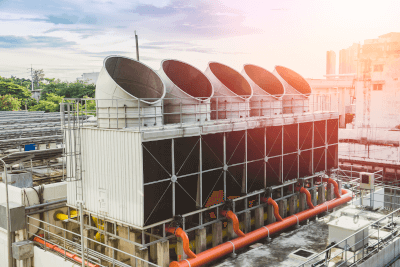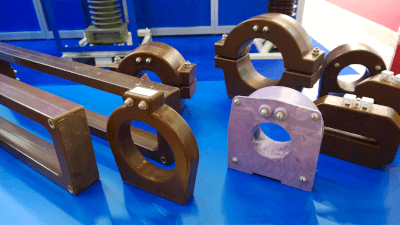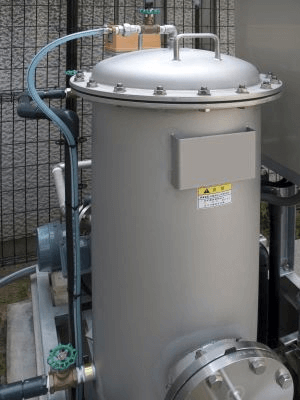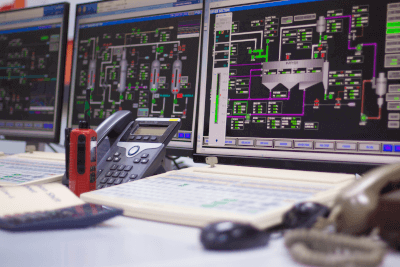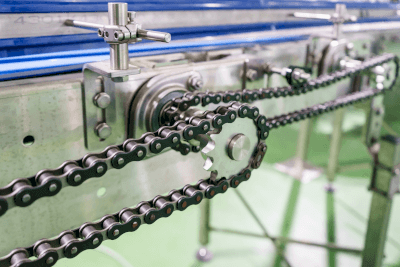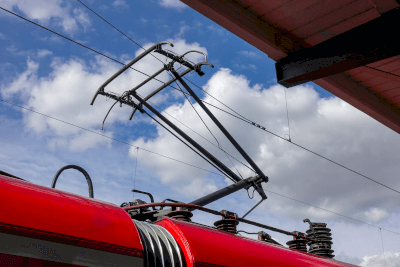What Is a Vertical Machining Center?

A vertical machining center is a machining center that evolved from a vertical milling machine. The axis (spindle) that rotates the tool is mounted vertically, and cutting processes such as milling and drilling can be performed with a single machine.
Because they are versatile, easy to use, space-saving, and inexpensive, they are frequently used in machining centers.
A vertical machining center moves the workpiece (material) or tool along the X, Y, and Z axes, making machining from the top the standard practice. There are also 5-axis machining centers that can rotate the workpiece using the X and Y axes as rotation axes.
Uses of Vertical Machining Centers
Vertical machining centers are used for machining metals, plastics, ceramics, and other materials, because they can handle all types of cutting workpieces, including milling, end milling, boring, drilling, and tapping.
They are used for die and mold machining, taking advantage of their ability to process relatively large parts due to the large space available for workpiece placement and their strength in top-side machining.
Since it is easy to set up workpieces and fix jigs, it is often used for high-mix, low-volume production machining where workpieces are frequently changed.
Principle of Vertical Machining Centers
Vertical machining centers can be installed in a small space because the main spindle is located on the top and the footprint of the vertical machining centers are small in relation to the machining area. Vertical machining centers also have the advantages of a simple structure, low cost, and easy delivery of cutting fluid to the workpiece machining surface.
One demerit is poor chip discharge. Chips generated when cutting from the top tend to remain on the workpiece, and these chips can be caught in the machining operation, leading to scratches on the machined surface and damage to the tool. In addition, since it is difficult to introduce a pallet changer that automatically changes workpieces, workpieces cannot be installed automatically and machined continuously, making the machine less suitable for mass production. If the work to be machined is large in volume, a horizontal machining center with the spindle oriented horizontally is suitable instead of a vertical machining center.
Also, the small size of this equipment limits the size of workpieces that can be machined. For large workpieces that cannot be machined with a vertical machining center, a double-column machining center is suitable.
